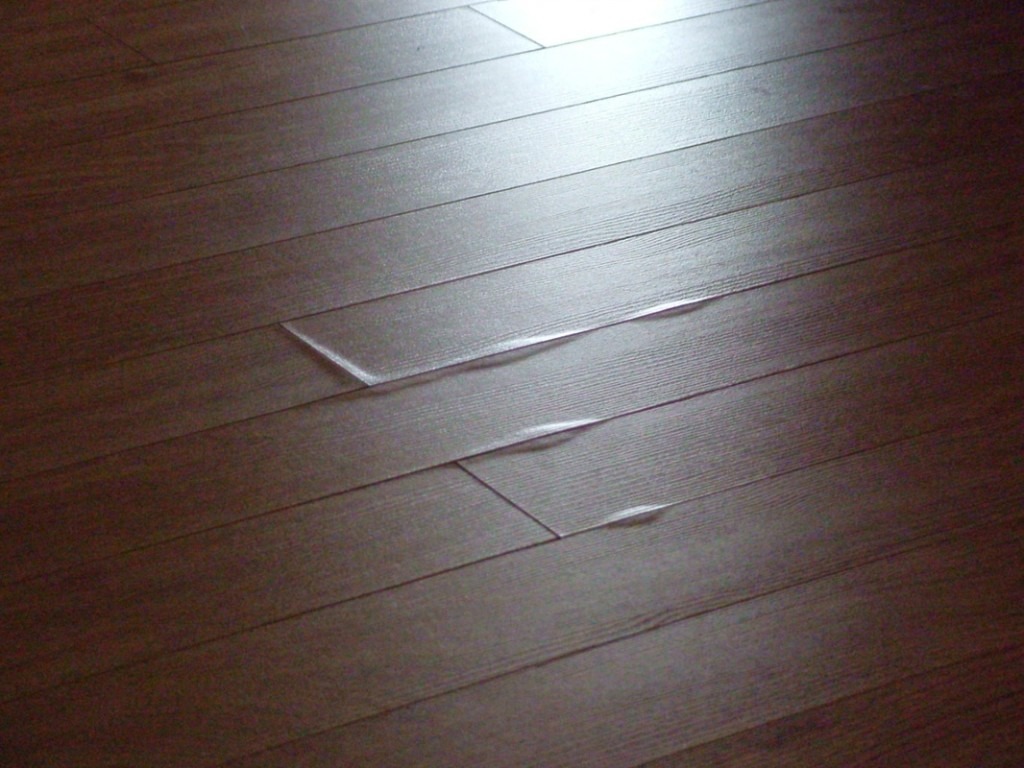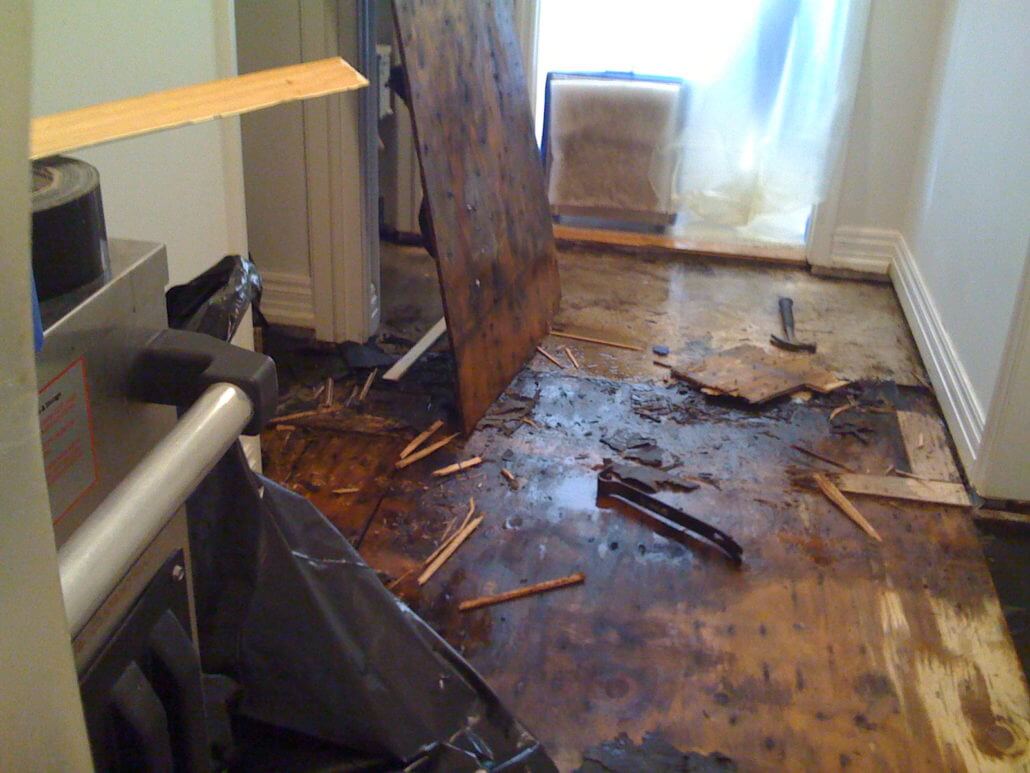Booking
This article down below involving Hacks to detect leaks is exceedingly entertaining. Don't skip it.

Climate change and global warming have made their mark not simply on countries however likewise neighborhoods. The as soon as safe areas have experienced a lot more flooding and also groundwater intrusion compared to recent years. For lots of home owners, groundwater breach is currently a frustration as it appears the surface area.
Understanding the indications is always a key for prevention and mitigating water damage and groundwater invasion. Groundwater invasion is among the worst problems to your house. To prevent groundwater instruction, routine inspection of leakages in your house and check if your cellar is wet. A wet cellar implies that groundwater is coming in from under your residence or close by.
A raised amount of groundwater makes your residence a lot more prone to flooding. You can still stop groundwater from damaging your cherished home.
Water resistant your Cellar
Water resistant your basement now as well as don't wait before it's far too late. If you're in an area prone to flooding, this action ought to be a must especially. Waterproofing should be done prior to the view of a flooding shows up. The groundwater can damage in with rainfall and also flood if you don't rush.
To waterproof your cellar, fill the basement with more concrete to stop any groundwater issues. You need to prep the location as well as remove all the products stored because room. This task ought to be a priority as well as is the best long-term service to the problem. Setting up concrete as well as applying waterproofing measures seals your basement and shields it from water breach.
Consider Installing a French Drain System
A French drain system includes polypropylene tubes. This type of drain system aids as a network, which is lined with concrete. Even more, they do not look visible to a stranger's eye due to the fact that these drains pipes resemble a pipe or trench that blends in their setting. The benefit of this system is it safeguards your home from additional problems as it prevents the water from leaking into your structure.
Additionally, this system stops your floorings from water flooding. Mounting this system secures your foundation. You won't have to be afraid key repairs associated with m water damage. The system is extremely easy to mount - you conveniently fit as well as replace this kind of system anytime.
Buy Numerous Sump Pumps
Sump pumps are extremely affordable materials and also are offered in equipment stores. The pump's key goal is redirecting the water from inflowing your home. This tool can secure your home from increasing groundwater. If you really feel nervous about groundwater seeping into your cellar, a sump pump will certainly use a layer of defense. Many people like this because they are very easy as well as inexpensive to mount. It can likewise increase up your energy bills.
Mount these pumps (and several of them) in your cellar or crawlspace. When mounting, make sure that the tubing is placed into a drain or out onto the street.
Increase the Residential Property Completely
Raising the foundations of your home completely is a long-time and efficient remedy to stop inbound groundwater. However it is one of the most pricey option. The overall process entails developing a new, greater foundation to increase the house over the disaster area. This action will certainly additionally raise the house's home worth as well as help in offering your residence at some point.
Applying these tips will help protect your home and also ownerships against water damage. But if you tried every one of these pointers and also still obtained water damages, it's best to call in the experts. Call a water restoration business as soon as possible to help you get back on the right track.
The when safe areas have experienced extra flooding as well as groundwater breach compared to recent years. Recognizing the indications is constantly a key for avoidance as well as mitigating water damages and also groundwater invasion. Groundwater invasion is one of the worst problems to your residence. To protect against groundwater direction, routine inspection of leakages in your home and also inspect if your cellar is wet. To waterproof your basement, fill up the cellar with even more concrete to prevent any kind of groundwater concerns.
How to Restore Hardwood Flooring After Water Damage
How to repair hardwood floor water damage
Wear protective gear such as gloves, rubber boots, and a mask.
Stop the flow of water if the flooding occurred due to a burst pipe, washing machine failure or water heater failure.
Turn off the power to the affected room until the water has been removed.
Assess the damages before you begin the restoration to determine whether to clean up or replace the floor. Take photos, list damaged items, and show them to your insurance company.
Remove any items (carpet, furniture, etc.) from the floor and take them to a dry area.
Open windows and doors to allow moisture to evaporate more quickly.
Start removing the excess water with a wet/dry vacuum cleaner or with mops and old cloth. If the water level is deep, use a pump to drain the water. Ask someone to help so you can finish the task faster and avoid further damage.
Use dehumidifiers, heaters, and fans to speed up the drying process. Place them on top of an elevated surface in the flooded area and close the windows. Direct the fans towards the floor s surface.
Clean any debris and mud from the floor with a non-abrasive brush and detergent while the heaters, fans, and dehumidifiers are running. Rinse the floor with clean water and continue to dry the floor.Determining the type of flooring and installation
Inspection is always crucial when starting to repair hardwood floor water damage. Hardwood flooring comes in a variety of species, such as oak, pine, maple, and cherry. More and more exotic species are being used in flooring. Every type poses different challenges in the drying process because of the varying levels of moisture absorption.
There are also varieties of flooring that look like wood but are not. These floors will sometimes have a laminate on the surface and a particle board substructure. When moisture seeps beneath these floors, drying is nearly impossible. The inability to dry these surfaces is due to moisture being trapped under the laminate, which acts as a vapor barrier. For more help, call a PuroClean water damage restoration professional to help you evaluate your flooring s type and condition.
Professionals will also assess the initial installation method of the hardwood flooring. Original installation may be nailed, glued or installed in a floating method.
When nailed floors have suffered from water damage, the nails may lift.
If the floor has been glued onto the substrate, the moisture may release the glue.
In the case of a floating type floor, it may not be true wood and may be a laminated product. Tongue and groove hardwood flooring may cup after absorbing moisture.Drying the hardwood floor (patience is key)
Once the technicians determine the wood floor type and installation method, drying can begin. Using surface and/or subsurface drying methods and proper dehumidification, technicians can force airflow beneath the surface of the floor (in a positive or negative manner) to remove this moisture. It may also be necessary to access the floor from below for faster drying.
Effective drying of a hardwood floor is a slow process. It will sometimes take seven to 10 days for the floor to release enough water to halt the forced drying process. Removing all the absorbed water from the floor is expensive and nature must be allowed to assist in the process.
The hardwood drying continues until the wood s moisture levels reach four percent of the floor s dry standard. At this point, nature will remove the remaining water, although slowly anywhere from three to six months. Education in this process is crucial for a successful job. Let the restorations professionals of PuroClean help you dry your hardwood flooring properly.
Repairing the finish
Once the hardwood floor is dry, there may still be damage to the floor finish. Finishes, such as waxes and polyurethane, may inhibit the evaporation of the absorbed moisture. They will sometimes have to be removed in the drying process to allow for moisture removal.
If the hardwood floor cups slightly, the finish may check and crack due to the movement of the wood product. This is a normal part of the drying process. Once the floor is completely dry, the floor can be refinished.
Hardwood floor drying is a specialty. PuroClean restoration professionals have the knowledge to properly evaluate the many types of floors and have specialized equipment to repair hardwood floor water damage.
https://www.puroclean.com/blog/what-should-i-consider-after-a-wood-floor-is-flooded/

Do you like reading about Detecting hidden plumbing leaks? Write a remark further down. We will be delighted to see your insights about this blog. We are looking forward that you visit us again soon. Loved our review? Please share it. Help someone else find it. Thank you for your time. Visit again soon.
Automated Marketing